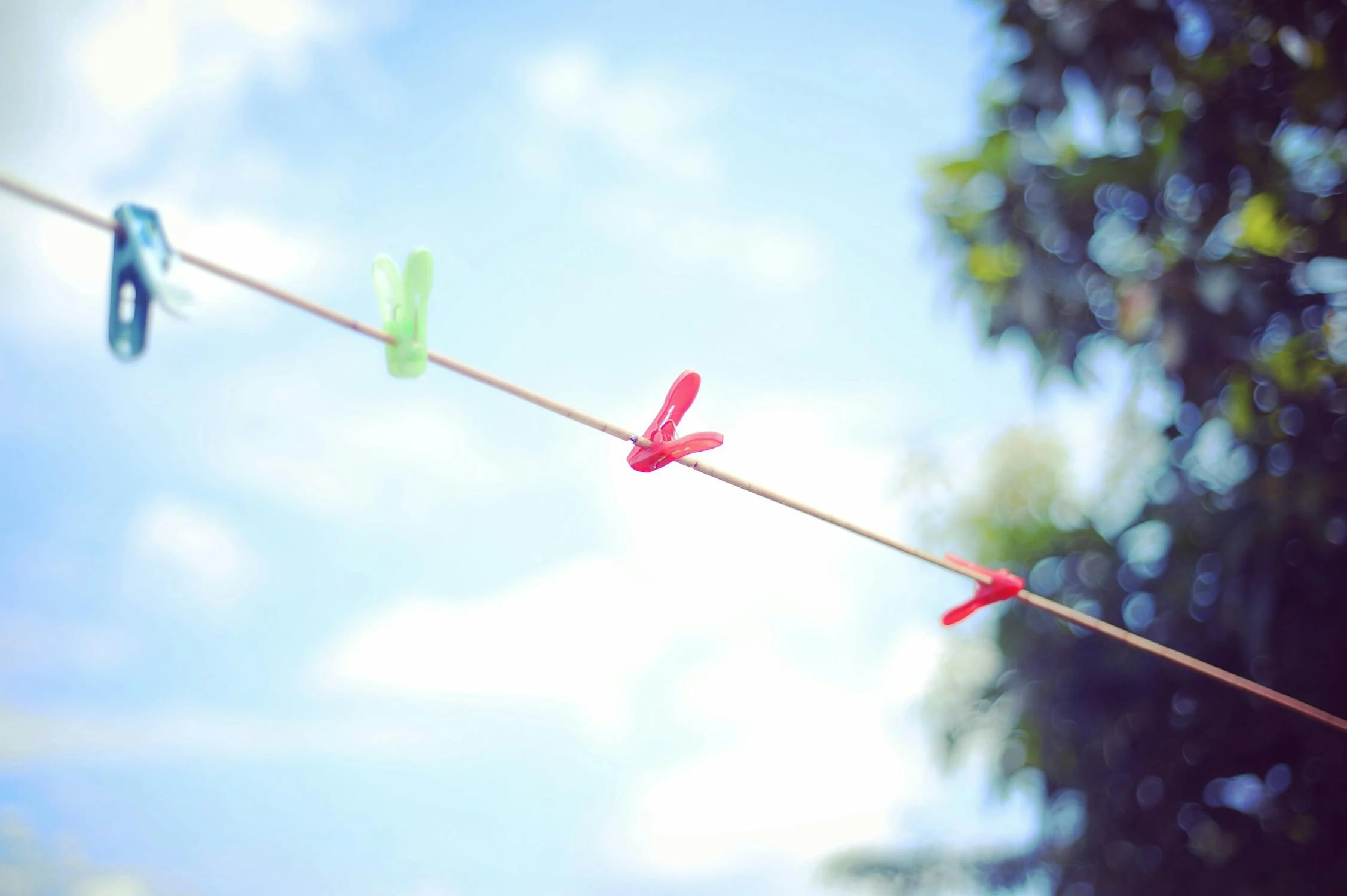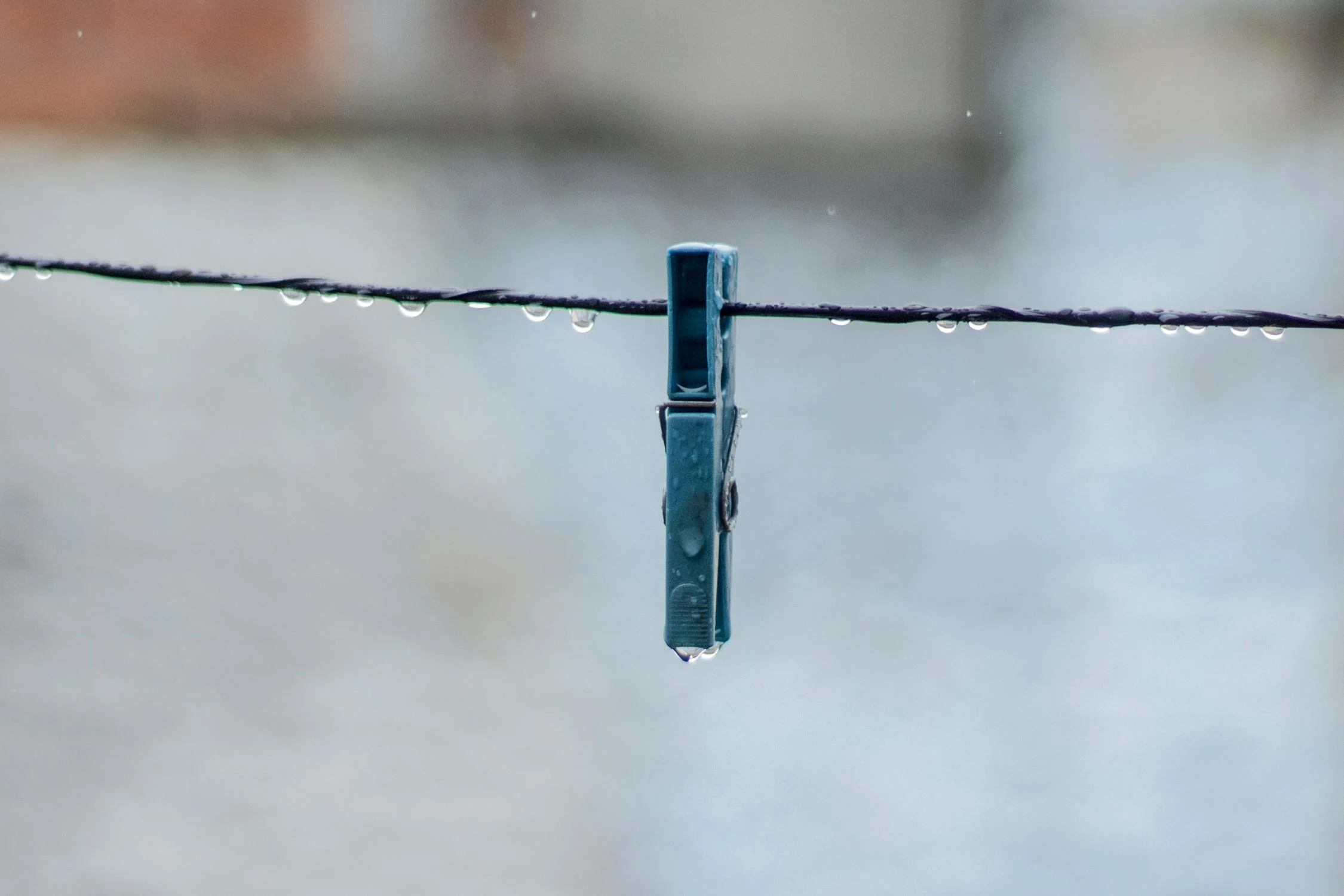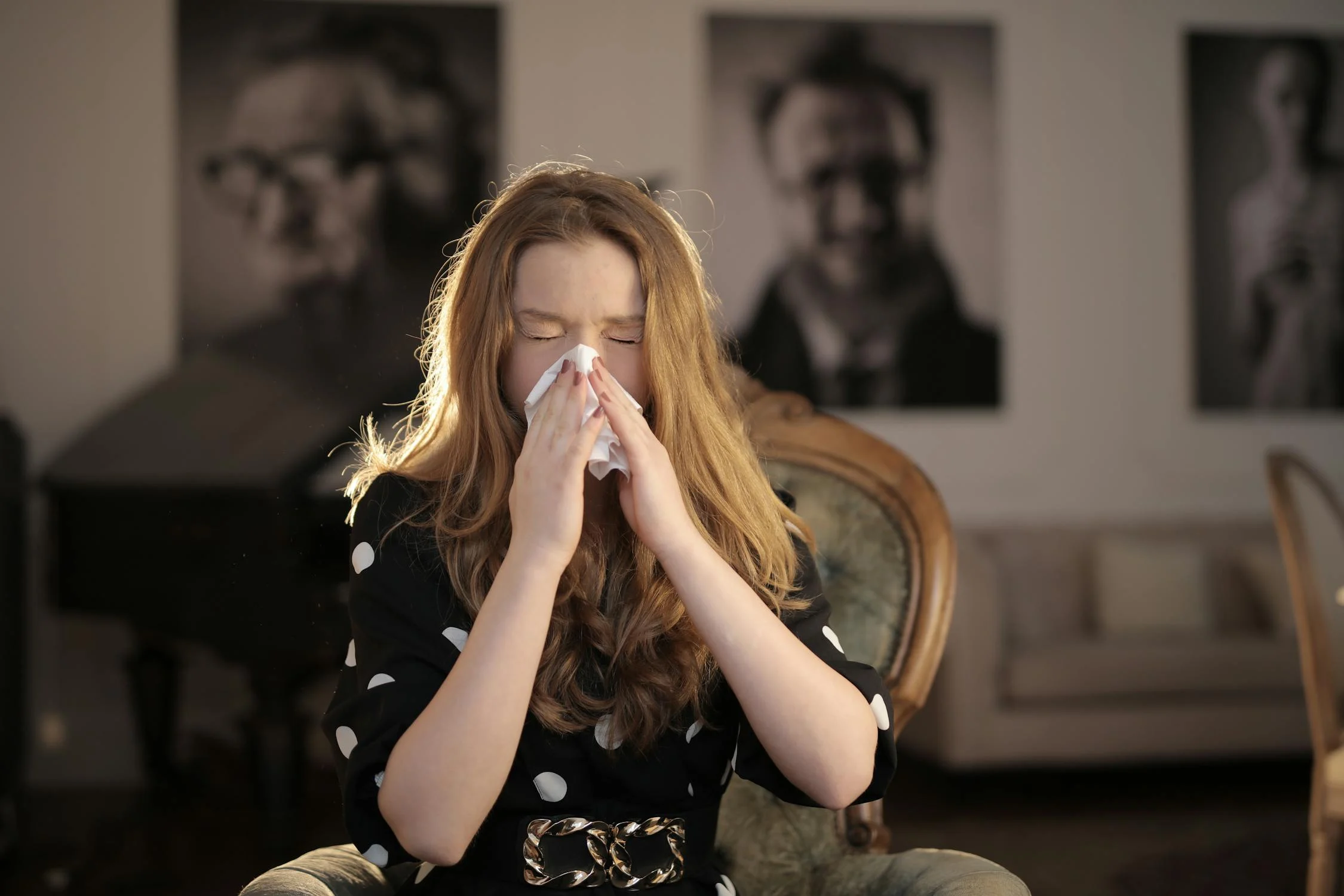Why You Should (and Shouldn’t) Be Hanging Your Clothes Outside

For generations, people have embraced the practice of hanging clothes outside to dry, a method often called line drying. This age-old technique remains a popular choice, particularly among those who prioritize environmental sustainability and seek ways to reduce their household expenses. Imagine your clothes gently swaying in the breeze, absorbing the natural sunlight, and coming away with a wonderfully crisp, clean scent—all without the need for an electric dryer. Beyond the appealing aroma, line drying is a fantastic way to conserve electricity, which in turn significantly reduces wear and tear on your favorite garments.
ADVERTISEMENT
However, as with any household practice, line drying isn’t without its own set of considerations. Factors like unpredictable weather, the presence of allergens, and the potential for certain types of fabric damage are all important aspects to keep in mind. This comprehensive guide will dive deeper into both the advantages and disadvantages of drying your laundry outdoors, equipping you with the knowledge to make an informed decision that perfectly aligns with your lifestyle and laundry habits.
ADVERTISEMENT
Environmental Advantages of Line Drying

ADVERTISEMENT
One of the most compelling reasons individuals choose to hang their laundry outside is the substantial environmental benefit. By skipping the electric clothes dryer, you directly contribute to reducing your carbon footprint. Clothes dryers are notorious energy consumers. On average, a typical clothes dryer can use anywhere from 2 to 6 kilowatt-hours (kWh) of electricity per load, with the exact amount varying based on the dryer’s efficiency and the size of the laundry load. When you consider that the average household might run their dryer approximately 300 times each year, this translates to an annual energy consumption of around 600 kWh—a significant amount of electricity!
By opting for outdoor drying, you actively conserve energy, which directly leads to a decrease in harmful greenhouse gas emissions. This seemingly small adjustment in your laundry routine can result in noticeable savings on your energy bills, potentially saving the average household around $100 to $150 per year. These savings can accumulate even more rapidly for larger households or those who do laundry frequently. It’s a remarkably straightforward yet impactful way to do your part in combating climate change and conserving precious natural resources.
Financial Savings Beyond Electricity

The financial benefits of line drying extend far beyond just reducing your electricity bill. Embracing outdoor drying can also help you save money on various household products and even appliance maintenance. Think about it: using a clothes dryer often means regularly purchasing items like dryer sheets, liquid fabric softeners, and lint traps, all of which add to your ongoing expenses. By choosing to line dry, you can completely eliminate the need for these products, potentially saving hundreds of dollars annually.
Furthermore, clothes dryers, like any appliance, are subject to wear and tear over time. This can lead to costly repairs or, eventually, the need for an expensive replacement. When you commit to line drying, you bypass these potential maintenance costs entirely. When you combine the savings from lower electricity usage, fewer laundry product purchases, and the avoidance of appliance upkeep, the cumulative financial benefits of line drying can be quite substantial over time. The small effort involved in hanging your laundry outdoors can truly offer significant long-term financial advantages for your household budget.
The Unmistakable Freshness of Outdoor Air

There’s a unique and deeply satisfying quality to the scent of clothes that have been freshly dried outdoors. The invigorating aroma of fresh air and natural sunlight clinging to your laundry can leave your garments smelling incredibly clean and naturally fragrant, often without any need for artificial fabric softeners. Sunlight plays a remarkable role in this, as it naturally helps to bleach and brighten fabrics, imparting that signature crisp, clean scent. Many people find this natural fragrance far more appealing and authentic than the artificial perfumes found in conventional fabric softeners and dryer sheets. It’s a simple pleasure that adds a delightful touch of natural freshness to your everyday clothing and linens.
Sunlight: Nature’s Disinfectant

One of the lesser-known, yet incredibly powerful, benefits of drying clothes outside is the natural disinfecting effect of sunlight, primarily due to its ultraviolet (UV) rays. Scientific research has consistently demonstrated that UV rays possess strong antimicrobial properties, meaning they are highly effective at killing or deactivating various bacteria, viruses, and fungi.
Reputable organizations like the World Health Organization (WHO) and the Centers for Disease Control and Prevention (CDC) have published findings showing that UV light can significantly reduce microbial contamination on various surfaces, including fabrics. For instance, “a study published in the Journal of Hospital Infection found that UV light could kill 99.9% of bacteria on surfaces.” This highlights the potent germ-fighting capabilities of natural sunlight.
While line drying in the sun should never replace proper washing with detergent, the exposure to UV rays provides an excellent extra layer of cleanliness. This is particularly beneficial for items that tend to retain moisture and can harbor bacteria, such as towels, bedding, and activewear. This natural disinfecting action is especially advantageous for families with young children or individuals who have sensitive skin, as it reduces the reliance on harsh chemical disinfectants commonly found in many laundry detergents. Moreover, sunlight can help mitigate the risk of skin irritation often caused by chemicals present in fabric softeners. For those committed to maintaining an eco-friendlier and chemical-free laundry routine, line drying offers a significant added benefit that extends far beyond just fresh air and a pleasant scent.
Potential Downsides to Consider
While line drying offers numerous advantages, it’s also important to be aware of its potential drawbacks to make a fully informed decision.
The Risk of Fabric Fading

While sunlight is beneficial in many ways, it does have a downside when it comes to the longevity of your clothing’s colors. Overexposure to the sun’s UV rays can cause certain fabrics, particularly darker colors, to fade more quickly. Clothes made from natural fibers like cotton are especially susceptible to this issue. To minimize color fading, it’s advisable to dry clothes during the early morning or late afternoon when the sun’s intensity is lower. Another effective trick is to hang clothes inside-out; this protects the outer surface and helps keep your wardrobe looking vibrant for longer.
The Unpredictable Weather Factor

One of the most significant challenges when it comes to hanging your clothes outside is the unpredictable nature of the weather. Unfortunately, the weather doesn’t always cooperate with your laundry schedule. Rain, strong winds, or even high humidity levels can make outdoor drying impractical or even impossible, especially if you live in an area known for its sudden weather changes. It can be incredibly frustrating to invest time in hanging out a load of laundry only for a sudden downpour to ruin your efforts. This is precisely why having a reliable backup plan, such as an indoor drying rack, is invaluable to avoid being entirely dependent on fair weather.
The Impact of Pollen and Allergens

While outdoor drying offers many appealing benefits, it can also pose risks, especially for individuals who suffer from allergies. Pollen, dust, and various other airborne allergens can easily cling to your laundry as it dries outside, potentially triggering or aggravating allergy symptoms. This issue becomes particularly pronounced during the spring and summer months, when pollen counts are typically at their peak. According to the American College of Allergy, Asthma, and Immunology (ACAAI), “pollen is one of the most common allergens that can trigger reactions such as sneezing, itchy eyes, and runny noses.” Additionally, other environmental factors like urban pollution and microscopic mold spores can settle on clothes drying outdoors, further irritating sensitive individuals. If you are highly susceptible to allergens, you might want to consider alternative drying methods, such as indoor drying, or using a covered outdoor drying area to minimize exposure to these irritants.
Effects on Fabric Durability

While line drying is generally considered gentler on fabrics compared to the harsh tumbling and heat of a machine dryer, which can cause significant wear and tear over time, outdoor drying on a clothesline can still have some minor drawbacks for fabric durability. Prolonged exposure to intense sun and strong winds can gradually weaken fabric fibers, especially if clothes are left out for an excessive amount of time. This can lead to fabrics becoming brittle, which might eventually result in fraying or tearing. To ensure the longevity of your clothes, it’s crucial to avoid leaving them outside for extended periods; take them down promptly as soon as they are dry.
The Time Commitment Involved

Hanging your clothes outside undoubtedly requires a bit more time and effort compared to the simplicity of tossing them into a dryer. You’ll need to meticulously organize your clothes on the line, ensuring they are adequately spaced to allow for proper airflow and even drying. While the process itself might only take a few minutes for a small load, it can become more time-consuming, especially if you have a large volume of laundry. For busy families or individuals with tightly packed schedules, the additional time commitment of line drying might feel like an added burden. However, on the flip side, if you’re looking for a simple way to incorporate a little more light physical activity into your daily routine, line drying can certainly help you stay active and mobile.
The Potential for Stiff Towels and Sheets

While line drying can leave many garments smelling wonderfully fresh and feeling soft, certain items, such as towels and sheets, can sometimes become stiff when dried outdoors. The natural fibers of towels, in particular, tend to lose some of their characteristic plushness when exposed to the sun and wind during the drying process. This can result in towels that feel somewhat rough or scratchy, rather than luxuriously soft and absorbent. To counteract this effect, you can try removing your towels from the line as soon as they are completely dry, or consider using a small amount of fabric softener during the wash cycle to help maintain their softness after outdoor drying.
Challenges of Limited Indoor Drying Space

If you don’t have access to an outdoor area for drying, you might consider drying clothes indoors. However, indoor line drying presents its own set of challenges. Indoor drying racks, while practical, do take up valuable space and can sometimes be perceived as an eyesore within your living areas. Additionally, without the natural airflow and ventilation provided by the outdoors, indoor drying can take significantly longer, which can lead to increased humidity levels inside your home. In certain situations, if the room isn’t adequately ventilated, high indoor humidity from drying clothes can even promote the growth of undesirable mold and mildew. Finding the optimal balance between indoor and outdoor drying methods often involves weighing these practical considerations.
The Simplicity and Aesthetic Appeal of Line Drying

Despite its practical challenges, there’s an undeniable, almost profound satisfaction that comes with line drying your clothes. It’s a beautifully simple, time-honored practice that provides a tangible connection to an era before modern appliances dominated household chores. Line drying subtly encourages mindfulness and offers a precious moment to slow down, inhale the fresh air, and appreciate the fundamental process of cleaning your clothes. For many, this becomes a genuinely relaxing, almost meditative experience.
Beyond the personal benefits, a clothesline adorned with freshly washed laundry gently swaying in the breeze can add a charming, nostalgic touch to your outdoor space. It often evokes a comforting sense of homeliness and can genuinely enhance the rustic or vintage aesthetic of your yard or garden. However, it’s important to acknowledge that this particular look isn’t for everyone. If you have very specific preferences regarding your yard’s appearance, the sight of drying laundry might, for some, detract from the overall aesthetic. Therefore, deciding whether to line dry also becomes a personal choice based on individual style preferences and priorities.
Making an Informed Decision

In conclusion, the practice of hanging your clothes outside to dry offers a unique blend of benefits and drawbacks. The environmental advantages, such as reducing your carbon footprint, and the financial savings, from lower electricity bills to fewer laundry product purchases, are clearly compelling. Furthermore, the fresh air, natural sunlight, and the inherent simplicity of the process can undeniably enhance your entire laundry routine.
However, it’s equally important to consider factors like the unpredictability of the weather, the potential for allergens to cling to your clothes, and the risk of certain fabric damage. Ultimately, whether or not line drying is the ideal choice for you will depend on your individual priorities, your lifestyle, and the amount of time and effort you are willing to commit to this method. If you place a high value on sustainability, appreciate a naturally fresh scent in your clothes, and are able to navigate the occasional challenges, then incorporating line drying into your routine is certainly worth considering. Just be sure to weigh all the pros and cons carefully to make the best decision for your unique household needs.




